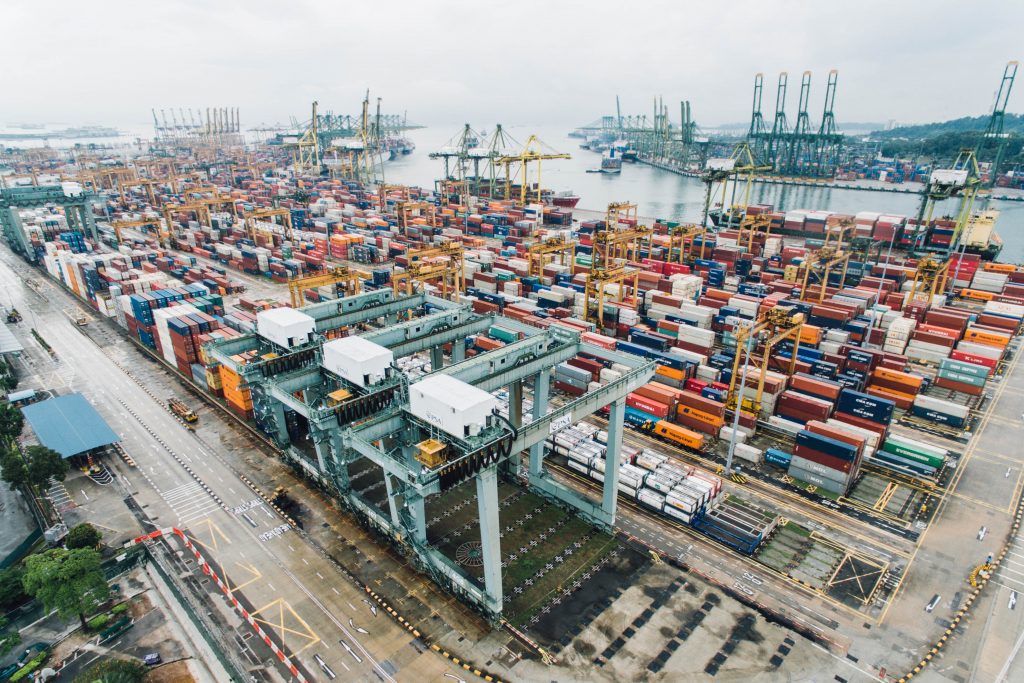
Photo by chuttersnap on Unsplash
In September 2019 the International Chamber of Commerce (ICC) released the latest revision of International Commercial Terms – Incoterms 2020, the ninth version since 1936. At first glance there doesn’t seem to be much of a difference between the previous Incoterms 2010 release but further inspection shows how the 2020 release has increased clarity and security for your international transactions.
So what are the main differences?
The main focus of the 2020 release was clarity and this is evident immediately as each rule focuses on the point of ‘delivery’ and risk transfer between the seller and buyer. Note: the point of ‘delivery’ is when the risk is transferred from the seller to the buyer not when the goods arrive at their final destination.
The main changes are as below:
- The DAT (delivered at terminal) rule has been replaced with DPU (delivered at place unloaded). This clarifies the, often misunderstood, rule of DAT by making the rule clearer to its function and what would be included.
- Insurance rules CIF (Cost Insurance Freight) and CIP (Carriage and Insurance Paid To) have had the level of required insurance changed. CIF is the minimum insurance cover (Institute Cargo Clauses (C)) and CIP is now the most comprehensive insurance cover (Institute cargo Clauses (A)). In each case the buyer and seller can agree to higher or lower the insurance cover by mutual agreement prior to arranging the shipment as required.
- The FCA (free carrier) rule has been further clarified so the buyer and seller can agree that the buyer can instruct its carrier to issue an on-board bill of lading to the seller after loading the of the goods. The seller is then obliged to tender the bill of lading to the buyer. This is typically done through the banks in a letter of credit type agreement.
How to write Incoterms Rules
It is important to write all Incoterms rules in the correct format as to clearly communicate when the transfer of risk will occur within the shipment. Be sure to include:
- Use the correct rule for the mode of transport
- The desired rule e.g. DAP
- The required place of destination e.g. 102 rue Nationale, Paris, 75003
- The release of Incoterms you are using e.g. Incoterms 2020
So, using the examples above, the rule should be displayed as:
DAP 102 rue Nationale, Paris, 75003, Incoterms 2020
As, in this example, we have used DAP it can be for any mode of transport. Keep in mind the rules are separated into ‘Rules for any mode of transport’ and ‘Rules for Sea and Inland waterway transport’. So double check you not trying to use a sea freight specific term for an airfreight shipment! Failing to display all the required information can lead to confusion on the rule you are using or lack of clarity on the point of delivery or the destination. Most importantly – failing to declare the version (the year) typically means the rule will default to the newest version (2020) so if this is one of the updated rules it will cause further confusion if a query arises.
Remember: Incoterms rules are used to clearly communicate the obligations, risks and costs associated with an international shipment. All the rules should be used to clarify which party is responsible for which cost. They are not a contract of sale and should never be used as one.

The Incoterms® Rules are protected by copyright owned by ICC. Further information on the Incoterms® Rules may be obtained from the ICC website http://www.iccwbo.org. Incoterms® and the Incoterms® 2020 logo are trademarks of ICC. Use of these trademarks does not imply association with, approval of or sponsorship by ICC unless specifically stated above.
Article written by Logistics Expert and IoSCM Advisory Council member, Andrew Kennedy ESCM. Visit Andrew’s website https://aklogisticsandsupplychain.com/ for more guidance and advice on the latest developments from across the Supply Chain and Logistics industries.
